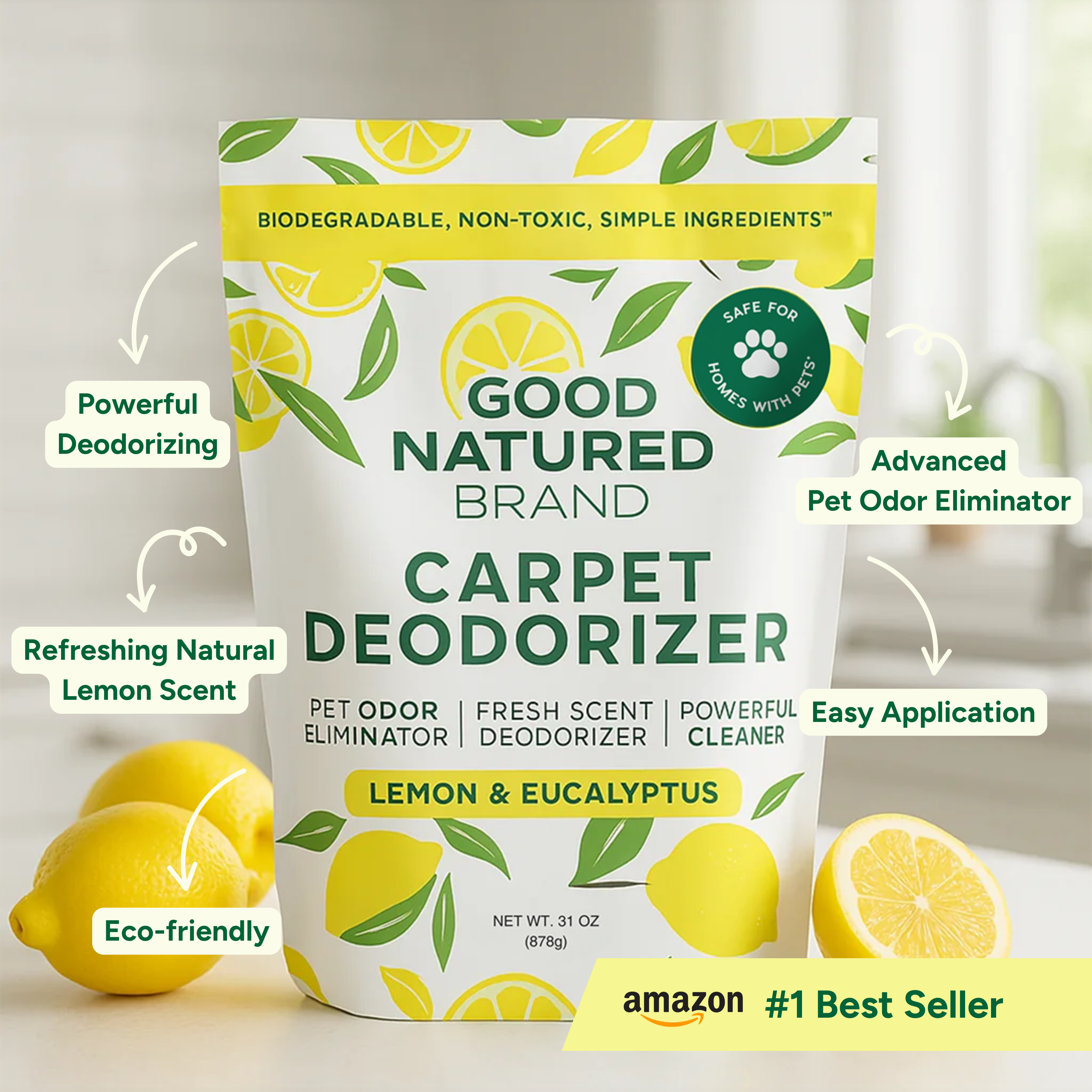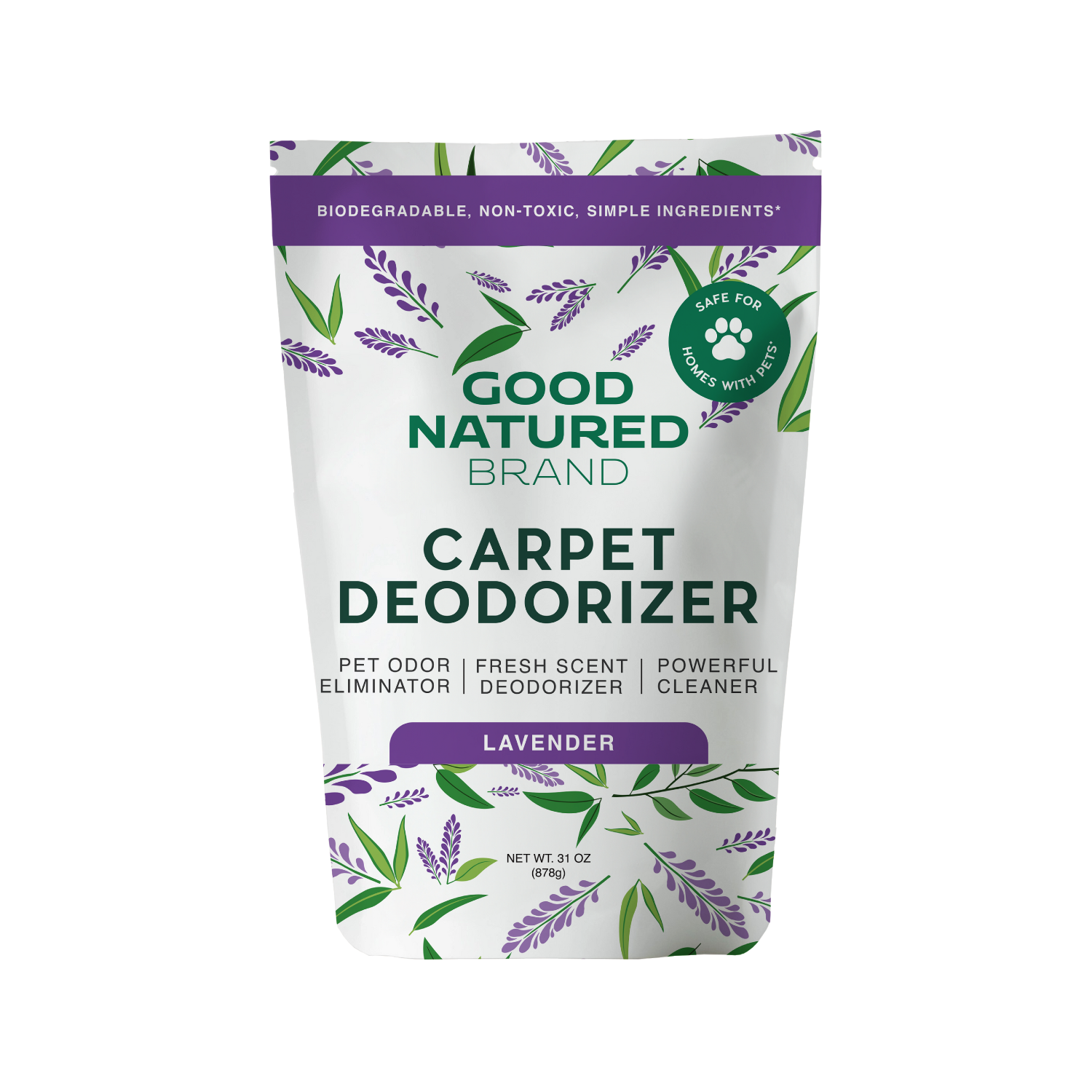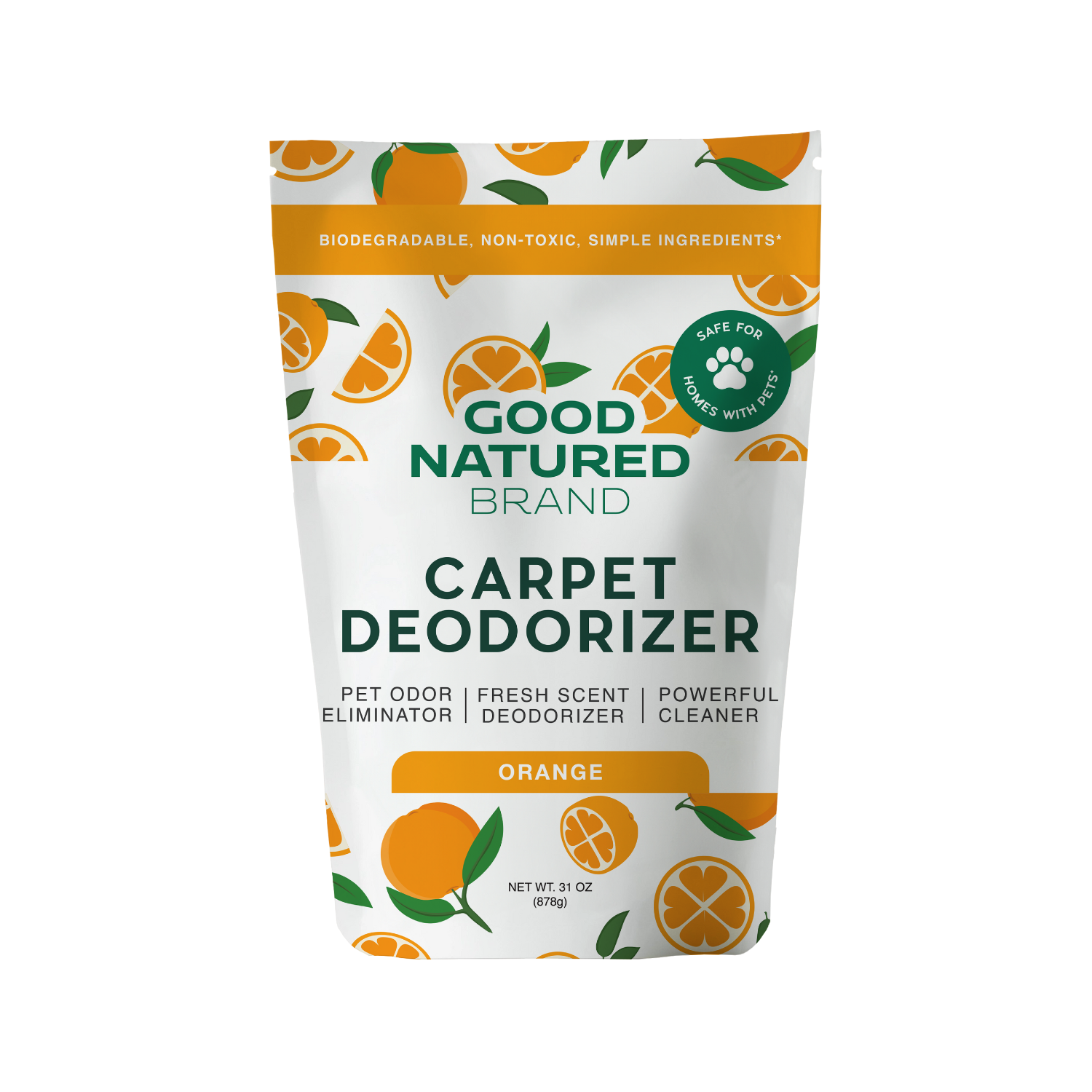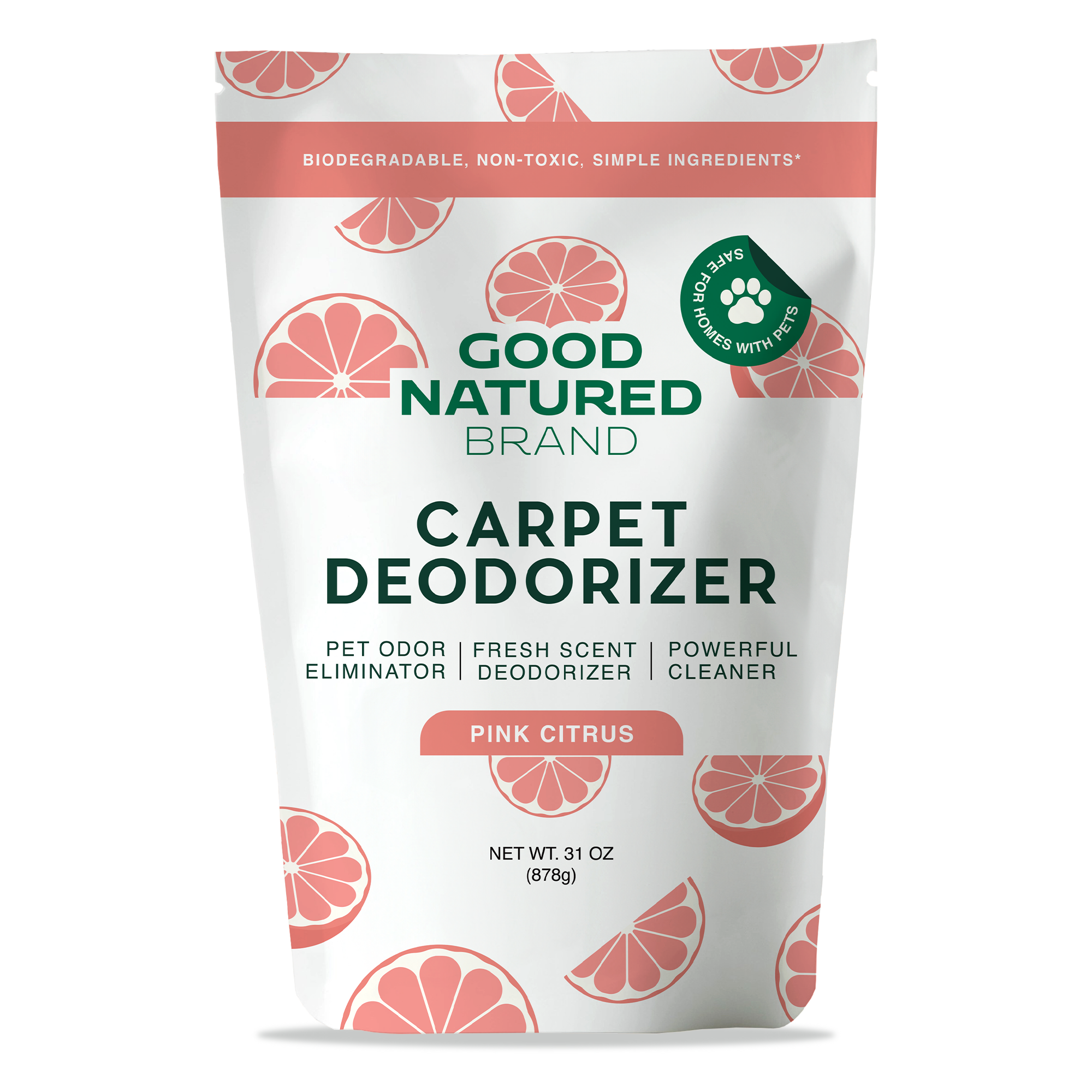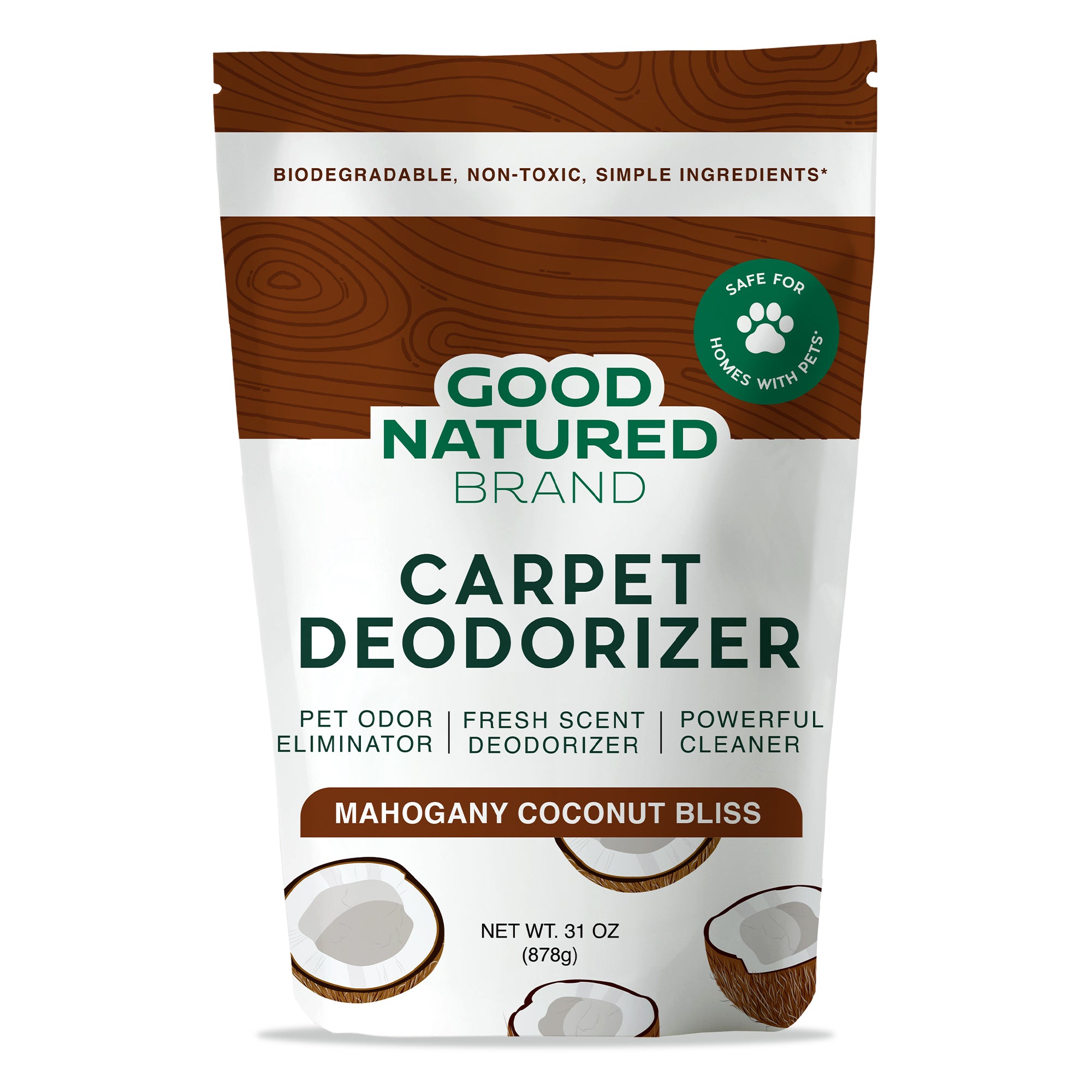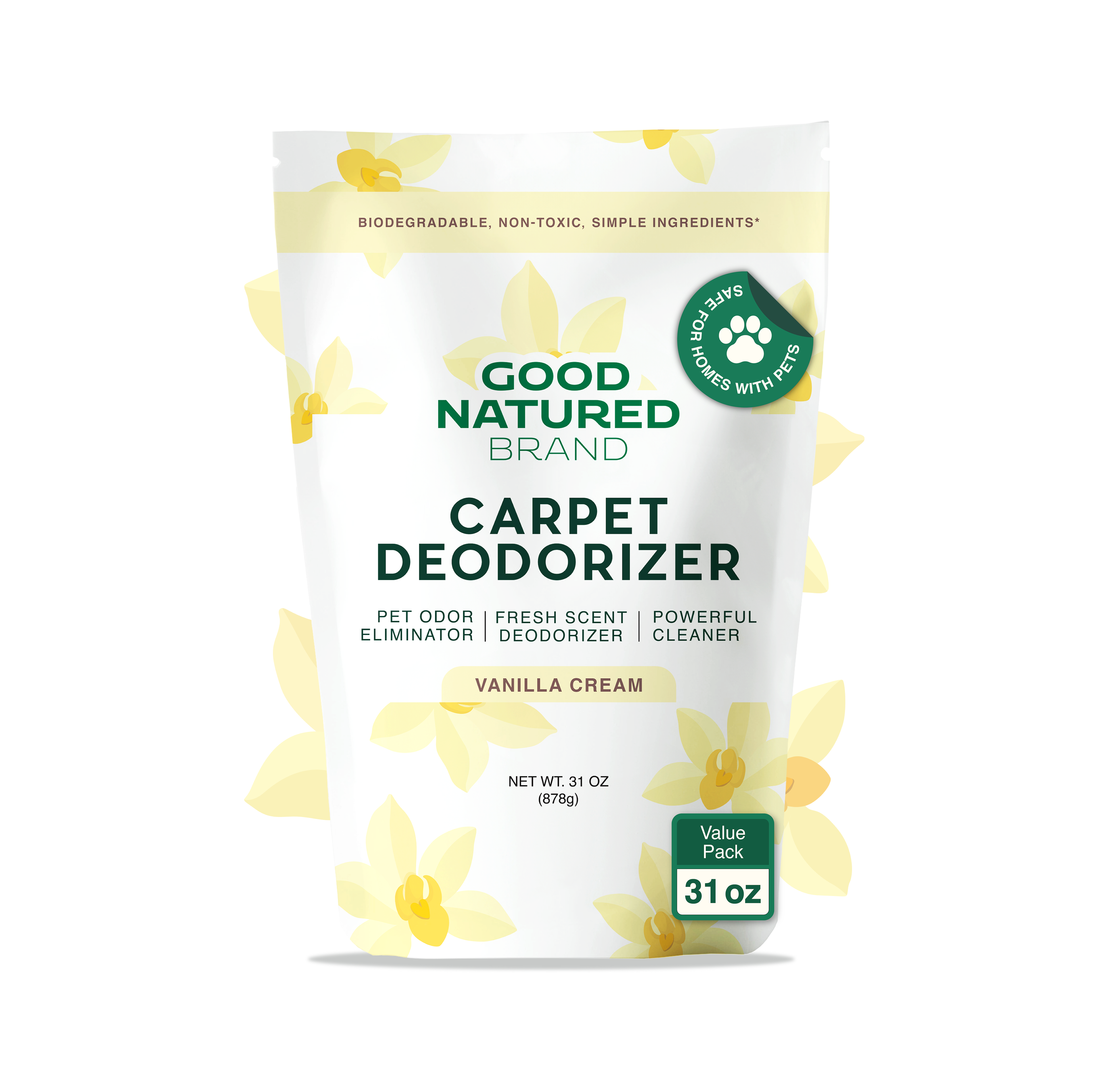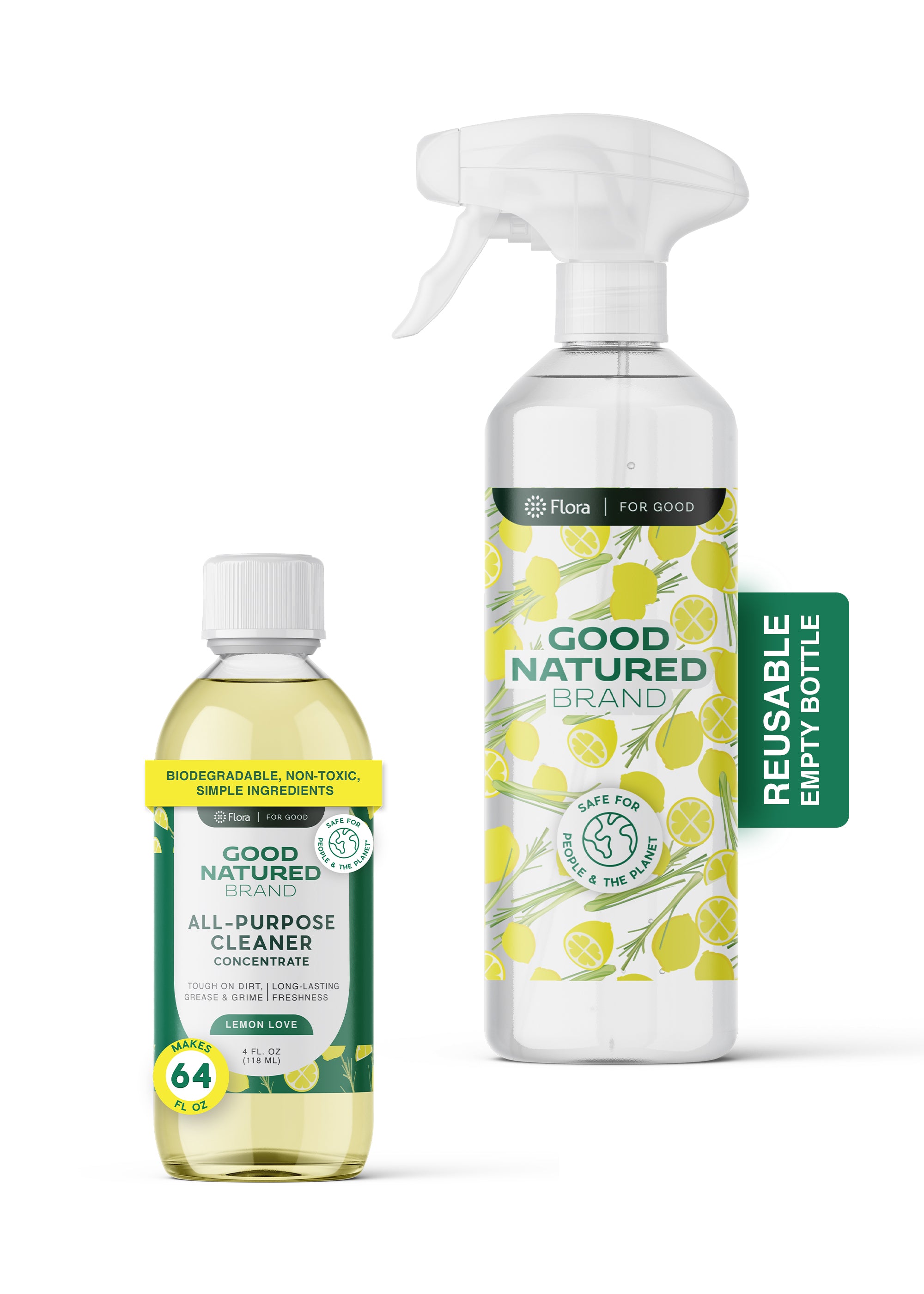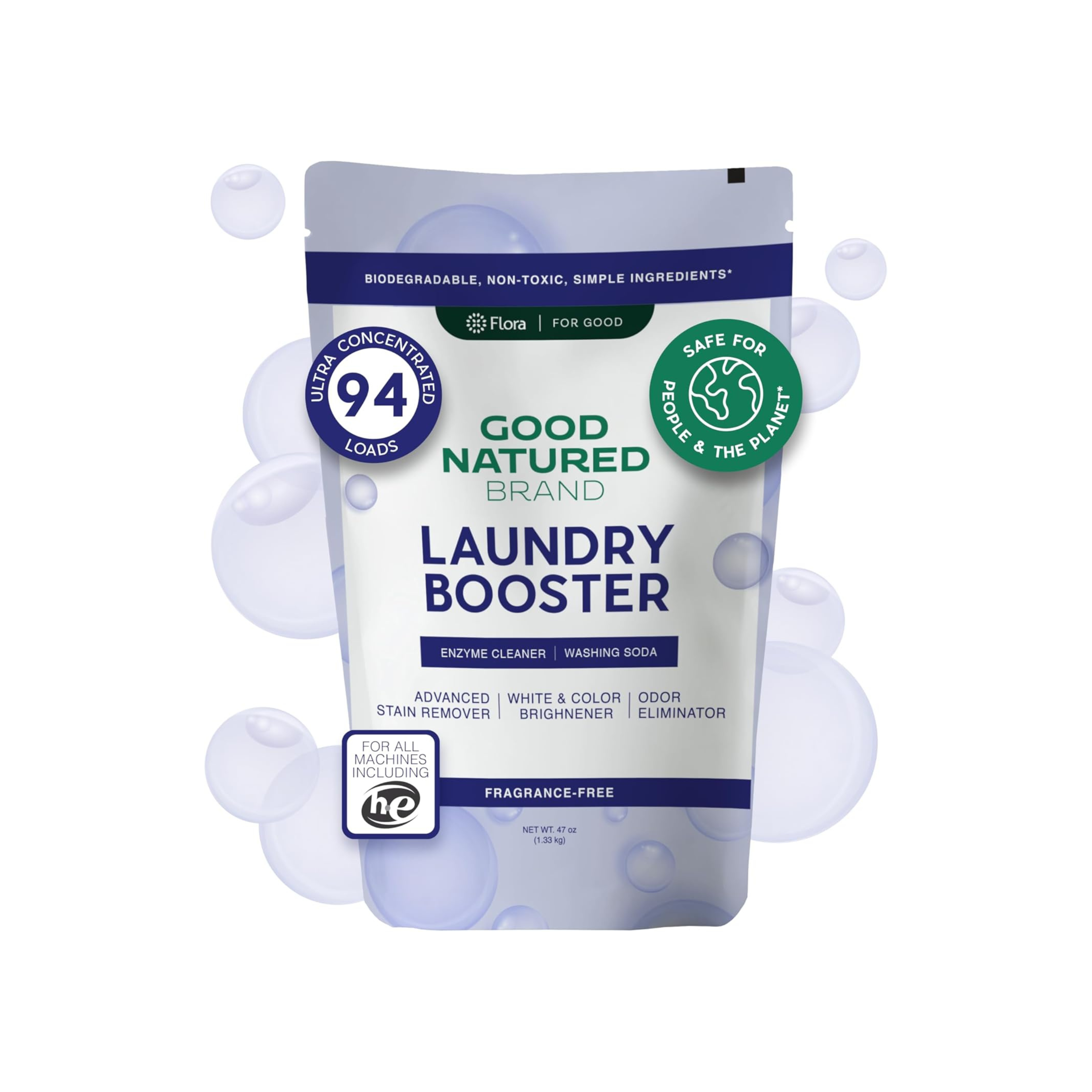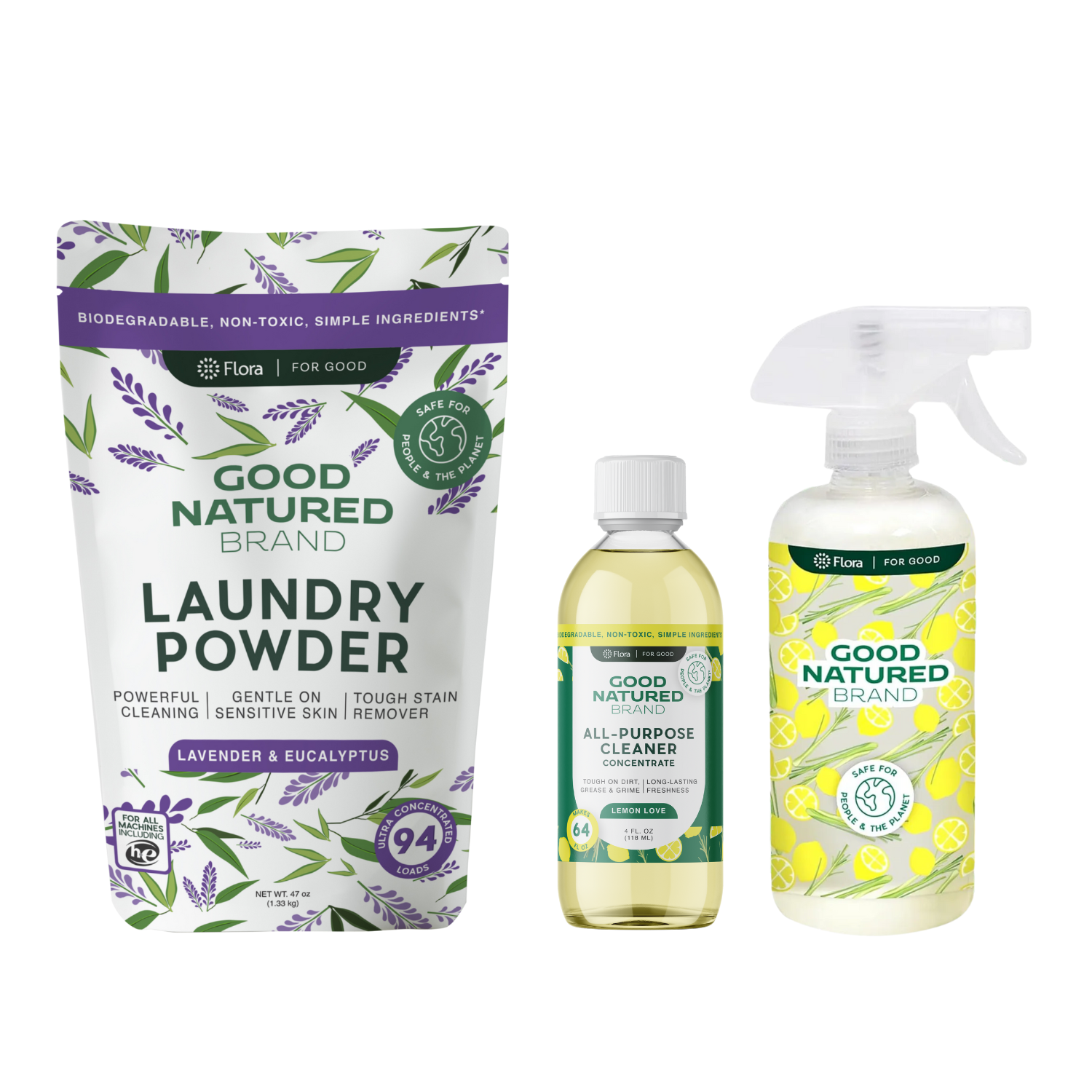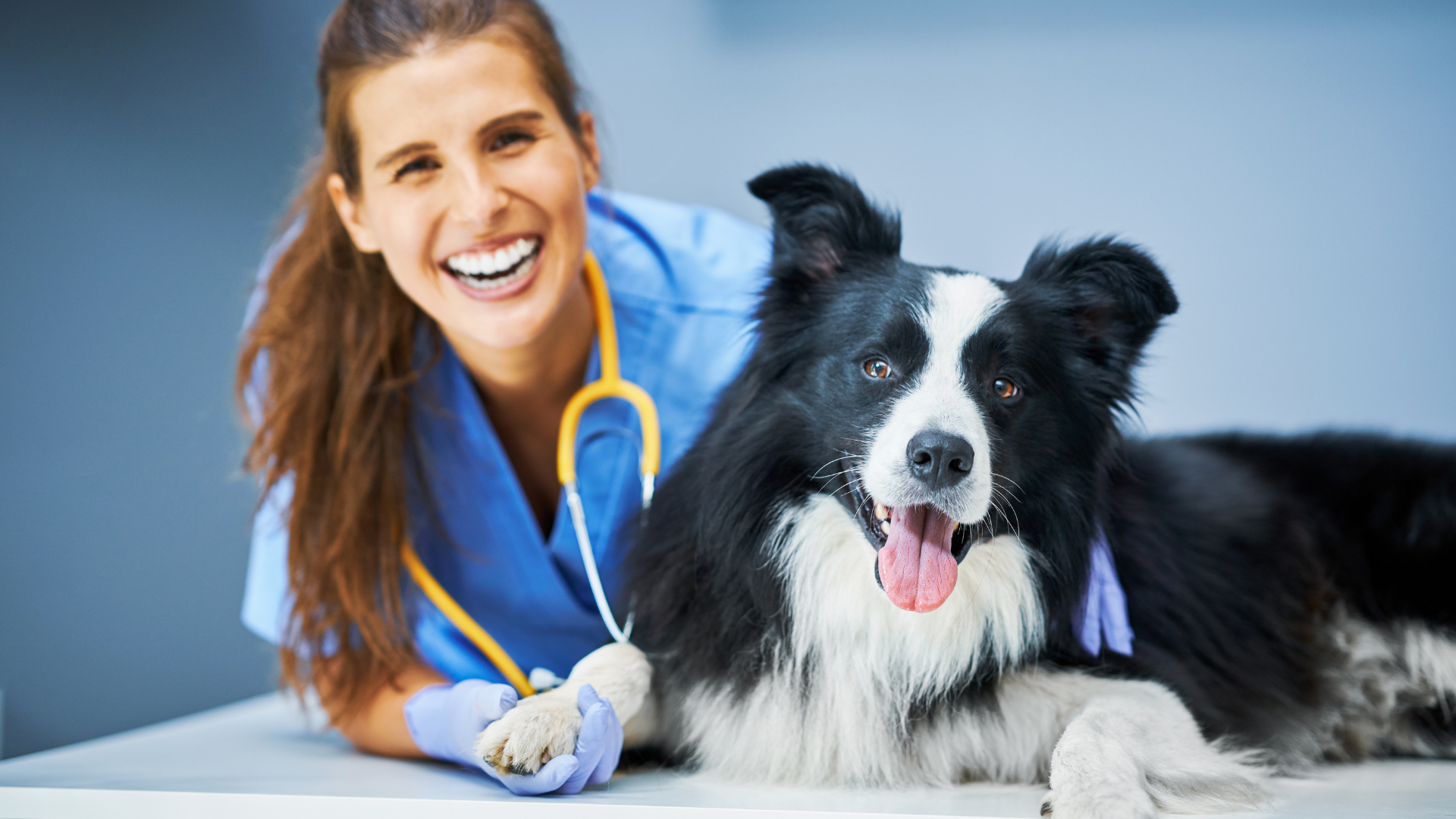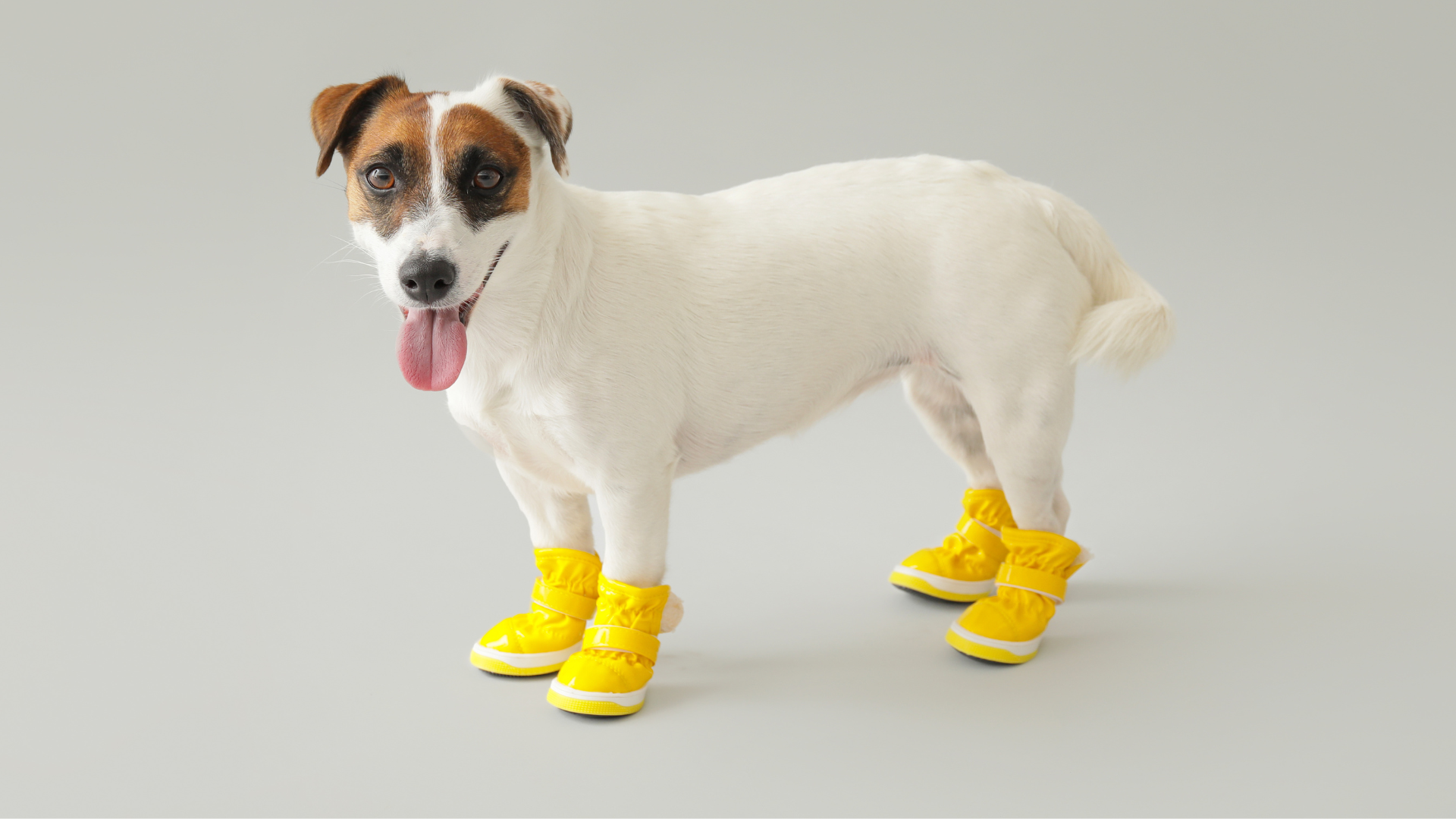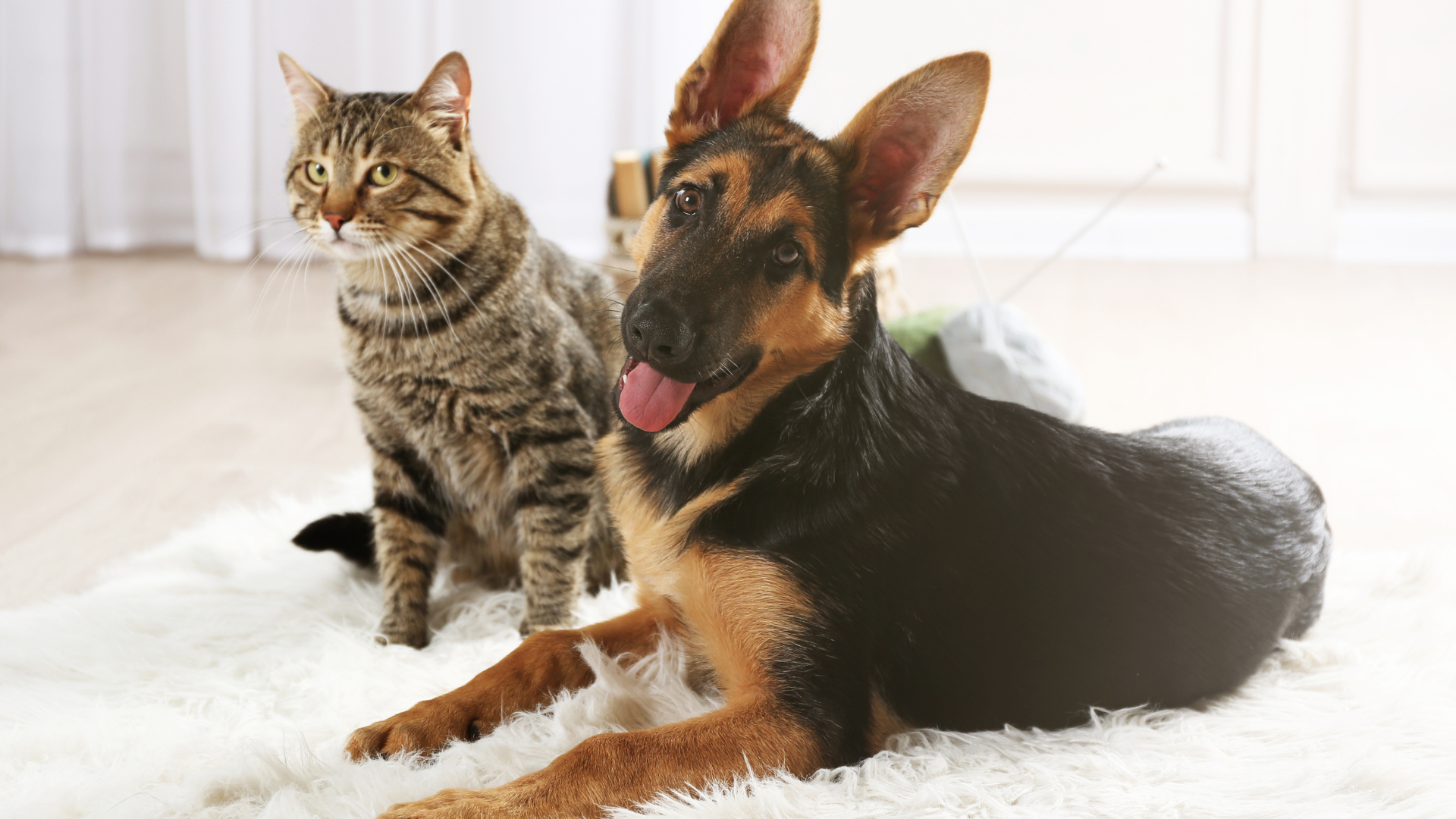Understanding and Diagnosing Seasonal Allergies in Dogs
What Are Seasonal Allergies in Dogs?
Just like humans, dogs can suffer from seasonal allergies. These allergic reactions typically occur when environmental allergens like pollen, mold spores, and dust mites are at their peak—usually in the spring, summer, and fall months. Known medically as “canine atopic dermatitis,” this condition causes an exaggerated immune response to substances that are normally harmless.
Unlike humans who tend to experience sneezing or watery eyes, dogs manifest allergies primarily through their skin. The allergens enter the body through inhalation or skin contact, triggering inflammation, itching, and irritation. Some breeds, such as Golden Retrievers, Bulldogs, and Terriers, are more genetically predisposed to developing seasonal allergies.
Allergens commonly include:
-
Tree, grass, and weed pollens
-
Dust and storage mites
-
Mold spores
-
Fungal organisms
-
Household cleaners with artificial scents
One of the easiest ways to reduce exposure to common indoor allergens is to switch to pet-safe products in your home. Using naturally derived Carpet Deodorizers, Laundry Powders, and All Purpose Cleaners from Good Natured Brand helps eliminate irritating residues and synthetic fragrances that could worsen your dog's symptoms.
Why Allergy Season Is Getting Worse
In recent years, veterinarians have noticed a surge in seasonal allergy cases among dogs. A big part of this trend is tied to climate change. Warmer temperatures extend the growing season for plants, increasing the duration and intensity of pollen exposure. In urban environments, poor air quality and pollution can amplify allergic responses in both pets and humans.
Pollen counts are higher for longer periods of the year, and the pollen itself is becoming more potent. These environmental changes mean that dogs now face more prolonged and intense allergy seasons than ever before.
Understanding these shifts allows pet parents to prepare proactively. Start monitoring pollen levels in your region, especially during early spring and late summer. Apps and weather websites often include localized allergen forecasts that can help you plan walks and outdoor time.
Recognizing Symptoms
The most common sign that your dog is suffering from seasonal allergies is itchiness, medically referred to as pruritus. This itching typically centers around the face, ears, paws, and belly. But seasonal allergies can trigger a range of additional symptoms, many of which are easy to miss if you don’t know what to look for.
Common symptoms include:
-
Excessive licking, chewing, or biting
-
Red or inflamed skin
-
Hair loss in affected areas
-
Rubbing the face on furniture or carpet
-
Chronic ear infections or head shaking
-
Sneezing, watery eyes, and nasal discharge
-
Swollen or discolored paw pads
Your dog’s behavior may also shift. A typically relaxed pup might become irritable, restless, or withdrawn. In severe cases, open sores or hot spots may develop due to repeated scratching or chewing, which can lead to secondary infections.
To help ease symptoms, keep a clean and allergen-free home using safe, unscented cleaning products. Washing bedding and blankets weekly with Laundry Powders can reduce dust mite exposure. Sprinkling Carpet Deodorizers between vacuum sessions can help absorb lingering odors and particles that may irritate your dog’s skin.
Diagnosis and Veterinary Testing
If you suspect your dog has seasonal allergies, a visit to the veterinarian is crucial. Many skin issues mimic allergy symptoms, including fungal infections, fleas, mites, and even food sensitivities. Your vet will likely start by taking a detailed history and conducting a physical exam to rule out these possibilities.
Here’s how the diagnosis process typically works:
-
Rule Out Other Causes: Flea allergy dermatitis and food allergies must be excluded. This may involve a flea comb test or an elimination diet trial.
-
Intradermal Skin Testing: Considered the gold standard for allergy diagnosis, this test involves injecting small amounts of allergens into the skin to observe reactions.
-
Blood Testing (IgE testing): A simpler, less invasive test that looks for allergen-specific antibodies in the blood.
Both skin and blood tests can help your vet identify which environmental triggers are responsible for your dog’s symptoms. Based on the results, they may recommend a combination of management strategies that include environmental control, topical treatments, medications, or even immunotherapy.
It’s important to remember that seasonal allergies are a chronic condition. There’s no “cure,” but with the right support, your dog can live comfortably and happily year-round. Creating an allergen-free sanctuary at home with the help of natural All Purpose Cleaners and other gentle household products is one of the most proactive steps you can take.
If you're interested in more natural pet care tips, seasonal advice, or eco-friendly cleaning inspiration, be sure to visit the Good Natured Brand Blog or check out our main page for more solutions made for both people and pets.
Prevention & Environmental Control
Seasonal allergies in dogs can’t always be eliminated, but they can be managed—and often significantly improved—through proactive environmental control. By reducing allergen exposure both outdoors and indoors, you can help minimize flare-ups and make your dog more comfortable throughout allergy season. This section focuses on daily habits, cleaning strategies, and lifestyle adjustments that protect your dog without relying solely on medication.
Reducing Outdoor Allergen Exposure
Pollen, grass, mold spores, and other airborne irritants are among the most common seasonal allergy triggers. While it’s impossible to avoid them completely, you can reduce your dog’s exposure in several practical ways:
1. Time Your Walks Wisely
Pollen levels tend to be highest early in the morning and late afternoon. Try walking your dog during mid-morning or in the evening when counts are typically lower. On windy or dry days, consider shorter outdoor sessions, as airborne allergens are more prevalent.
2. Avoid High-Pollen Areas
Grassy fields, woodlands, and areas with flowering plants are pollen hotspots. Stick to paved trails or dog parks with less vegetation during high-allergen months.
3. Clean Your Dog After Every Walk
Wipe down your dog’s paws, belly, and face using a damp cloth or pet-safe wipe. This removes pollen and other particles before they can be tracked indoors or absorbed through the skin. Make it a post-walk ritual to reduce daily exposure.
4. Regular Bathing
Frequent baths (using hypoallergenic or oatmeal-based shampoos) can wash allergens off your dog’s skin and coat. For dogs with moderate to severe allergies, a weekly bath may be necessary. Be sure not to over-bathe, as this can dry out the skin and worsen symptoms.
Home Environment Management
Indoor allergens such as dust mites, mold, and pet dander can aggravate seasonal symptoms. Creating a clean, low-irritant environment is one of the most effective long-term strategies to support your dog's allergy health.
1. Vacuum and Dust Regularly
Vacuum carpets, rugs, and upholstered furniture at least twice a week using a vacuum with a HEPA filter. This traps fine allergens like pollen and dander rather than recirculating them into the air. Dust surfaces using a damp microfiber cloth to prevent allergens from becoming airborne.
2. Use Air Purifiers and Dehumidifiers
Air purifiers with HEPA filters can reduce airborne allergens. Dehumidifiers are especially helpful in reducing mold and mildew growth, particularly in damp areas like basements or bathrooms.
3. Wash Bedding and Soft Surfaces Weekly
Your dog’s bedding should be washed weekly in hot water using a gentle, fragrance-free detergent. We recommend Laundry Powders from Good Natured Brand—crafted without synthetic perfumes or harsh chemicals—ideal for sensitive pets.
Likewise, wash any blankets, cushion covers, or plush toys your dog frequently uses. These surfaces can trap allergens and harbor dust mites.
4. Clean Floors and Surfaces with Pet-Safe Products
Many commercial cleaners leave behind strong fragrances or chemical residues that can irritate dogs with allergies. Choose naturally derived cleaning products like Good Natured Brand’s All Purpose Cleaners for wiping counters, crates, floors, and food areas. They’re effective, non-toxic, and safe to use around pets.
To keep carpeted areas fresh without triggering your dog’s allergies, try Carpet Deodorizers made with essential oils and baking soda. These gently neutralize odors without synthetic perfumes that could worsen symptoms.
5. Replace Air Filters Monthly
HVAC systems and air conditioning units should have their filters changed monthly during allergy season. Choose high-efficiency filters designed to trap fine particles, and consider adding a portable purifier in your dog’s favorite room or sleeping area.
Lifestyle Adjustments
Your dog’s daily routine can also influence the severity of allergy symptoms. By making a few smart changes, you can support their comfort and reduce flare-ups during peak seasons.
1. Limit Outdoor Time During High-Pollen Days
If pollen counts are high—check apps like Weather.com or local forecasts—opt for indoor playtime or brief walks. Creating an enriched indoor environment with toys, chew treats, and training games can provide the same stimulation without the allergen risk.
2. Manage Humidity and Ventilation
Keep your home’s humidity below 50% to discourage mold and dust mite growth. Use exhaust fans in bathrooms and kitchens and open windows selectively, preferably when pollen levels are low.
3. Establish a Consistent Grooming Routine
Regular brushing removes loose fur, dander, and allergens from your dog’s coat. Use a damp grooming mitt or soft brush designed for sensitive skin. Always groom outside to avoid spreading allergens indoors.
4. Create a “Clean Zone”
Designate a specific area for your dog to rest and sleep—preferably in a space with hard flooring, minimal upholstery, and easy-to-clean surfaces. This area should be cleaned regularly using All Purpose Cleaners and vacuumed with a HEPA-filtered device. A well-maintained “clean zone” gives your dog a break from environmental allergens throughout the day.
Taking these steps not only helps alleviate symptoms of seasonal allergies but also contributes to a healthier, safer home for your entire family. By choosing gentle, natural cleaning solutions like Carpet Deodorizers and Laundry Powders, you reduce the number of synthetic irritants that can trigger allergy flare-ups in sensitive dogs.
Visit the Good Natured Brand blog for more pet-friendly home care tips and explore the main page to discover safe and effective products designed for homes with dogs.
Treatment & Long-Term Strategies
When environmental controls aren’t enough to fully manage your dog’s seasonal allergies, it may be time to explore additional treatment options. From antihistamines and prescription medications to diet and supplements, there are several tools available to relieve your dog’s discomfort. This section outlines effective treatment strategies and long-term care plans to help your dog feel their best, no matter the season.
Antihistamines for Dogs: Safe Use
Many pet parents are surprised to learn that over-the-counter (OTC) antihistamines—like those found in your medicine cabinet—can be used to help manage dog allergies. However, not all human medications are safe for pets, and dosing must be carefully calculated based on your dog’s weight and health.
Common OTC Antihistamines Used in Dogs:
-
Diphenhydramine (Benadryl): Helps reduce itching, swelling, and hives. May cause drowsiness.
-
Cetirizine (Zyrtec): Often used for allergic skin reactions. Usually less sedating.
-
Loratadine (Claritin): Effective in some dogs but must be free of decongestants like pseudoephedrine.
Always consult your veterinarian before giving any medication. Your vet will help determine the correct dose and monitor for side effects. Antihistamines work best when used early in allergy season or as part of a broader management plan.
If your dog responds well, these medications can be used regularly. But for more severe symptoms, they may need to be combined with other therapies for better results.
Maintaining a clean home with hypoallergenic practices—such as laundering bedding with Laundry Powders and avoiding irritants from synthetic cleaners—can boost the effectiveness of these medications by minimizing new allergen exposure.
Prescription Medications and Advanced Therapies
When OTC treatments fall short, prescription medications offer a more targeted approach. These are especially helpful for dogs with chronic or severe seasonal allergies that interfere with quality of life.
Top Prescription Options:
-
Apoquel (oclacitinib): A fast-acting oral medication that targets the itch cycle at the source. Often used for long-term control.
-
Cytopoint (lokivetmab): An injectable biologic therapy that provides itch relief for 4–8 weeks per dose. Well tolerated by most dogs.
-
Steroids (e.g., prednisone): Strong anti-inflammatory drugs used for acute flare-ups. Not recommended for long-term use due to side effects.
Your veterinarian may recommend rotating treatments or using them in combination. For instance, antihistamines may be given alongside a short course of steroids or a Cytopoint injection during peak allergy season.
Another long-term option is allergen-specific immunotherapy, also known as allergy shots. After allergy testing identifies your dog’s specific triggers, a custom serum is created. Regular injections help your dog build tolerance over time, reducing the severity of their allergic response.
Keeping your dog’s skin clean and their environment allergen-free is key to maximizing the success of these therapies. Wipe down frequently used surfaces with All Purpose Cleaners and refresh carpets regularly using Carpet Deodorizers that contain only natural, non-irritating ingredients.
Nutrition and Supplements
Supporting your dog’s immune system through nutrition can make a significant difference in how they respond to allergens. Diet and supplements help reduce inflammation, strengthen skin barriers, and promote healthy digestion—all crucial for allergy-prone pets.
Top Dietary Strategies:
-
Omega-3 Fatty Acids: Found in fish oil, these reduce skin inflammation and improve coat health. Many dogs show reduced itchiness with daily supplementation.
-
Probiotics: A healthy gut supports immune function. Probiotic-rich foods or supplements help maintain digestive balance, especially if your dog is on long-term medication.
-
Natural Anti-Inflammatories: Ingredients like turmeric, quercetin, and bromelain may offer mild anti-allergy support when used under veterinary supervision.
-
Limited Ingredient or Hypoallergenic Diets: Some dogs benefit from switching to a diet free of common allergens like chicken, beef, soy, or wheat. Talk to your vet about trying a novel protein or hydrolyzed diet if food sensitivities are suspected.
Regularly washing food and water bowls, cleaning around feeding areas with All Purpose Cleaners, and laundering your dog’s items with Laundry Powders can further help limit exposure to hidden irritants in the home.
Monitoring and Follow-Up
Allergy care is a long-term commitment, but with the right plan in place, your dog can lead a comfortable and active life. Here’s how to stay ahead of seasonal flare-ups:
1. Track Symptoms:
Keep a log of your dog’s symptoms, including when they worsen and what environmental factors may be involved. Apps or a simple calendar can help you spot patterns and prepare for high-risk times of year.
2. Schedule Regular Vet Visits:
Follow up with your veterinarian every 6–12 months to review your allergy plan. Adjustments may be needed based on changes in your dog’s environment, age, or immune response.
3. Adjust Treatments Seasonally:
Some dogs only need medication during spring and fall. Others require year-round support. Reevaluate your dog’s needs before each allergy season begins.
4. Maintain a Clean, Allergen-Free Environment:
Consistency is key. Continue to clean floors with non-toxic solutions like All Purpose Cleaners, refresh soft surfaces with Carpet Deodorizers, and wash fabrics using Laundry Powders.
By combining medical care, natural products, and attentive home management, you can create a healthier lifestyle for your dog that’s free of unnecessary irritants. For more holistic tips and seasonal strategies, visit the Good Natured Brand blog or explore more wellness-focused products on the main page.
Conclusion
Seasonal allergies in dogs are increasingly common, but that doesn’t mean your pup has to suffer. With the right combination of prevention, treatment, and long-term care, most dogs can enjoy a comfortable, itch-free life—even during peak pollen seasons.
Start by recognizing the symptoms and understanding your dog’s specific triggers. Implement daily environmental controls, like wiping paws, vacuuming regularly, and using safe cleaning solutions such as Carpet Deodorizers, Laundry Powders, and All Purpose Cleaners. Support their health with proper grooming, supplements, and, if needed, vet-recommended medications like antihistamines or immunotherapy.
Remember, every dog is different. What works for one may not work for another, so stay flexible, be observant, and work closely with your veterinarian. With a holistic approach and consistent effort, you can help your dog thrive through every season.
For more natural pet care solutions and home wellness ideas, explore our main page or browse the Good Natured Brand blog.
Frequently Asked Questions (FAQs)
1. What are the signs my dog has seasonal allergies?
Common symptoms include itching, paw licking, red or inflamed skin, ear infections, and sneezing. These often worsen during spring and fall when pollen levels rise.
2. Can I give my dog Benadryl or Zyrtec for allergies?
Yes, but always consult your vet first. Antihistamines like Benadryl and Zyrtec can be effective, but dosage and safety depend on your dog’s size and health history.
3. How often should I bathe my allergic dog?
During allergy season, bathing once a week with a hypoallergenic or medicated shampoo can help remove allergens from the skin and coat. Avoid overbathing to prevent dryness.
4. What’s the best way to reduce allergens in my home?
Vacuum frequently with a HEPA-filter vacuum, wash your dog’s bedding weekly with Laundry Powders, and clean with non-toxic All Purpose Cleaners. Refresh carpets regularly using Carpet Deodorizers.
5. Are seasonal allergies in dogs curable?
They aren’t curable, but they are manageable. With the right combination of lifestyle changes, medications, and home care, most dogs experience significant relief.
